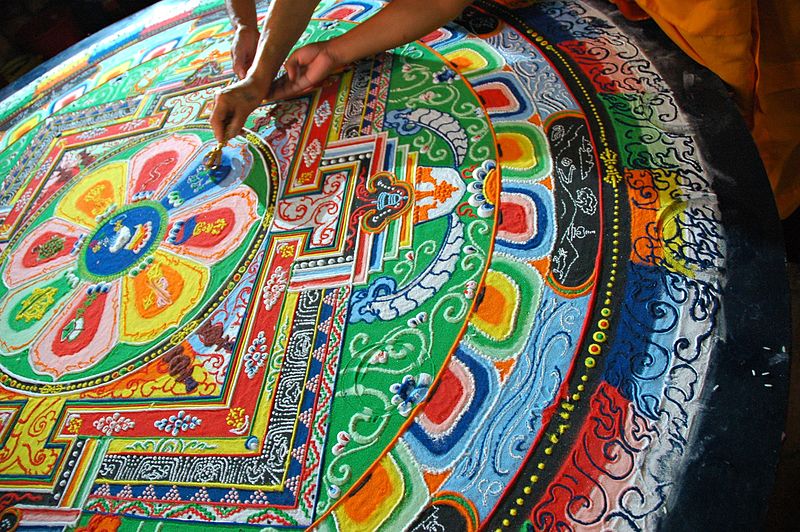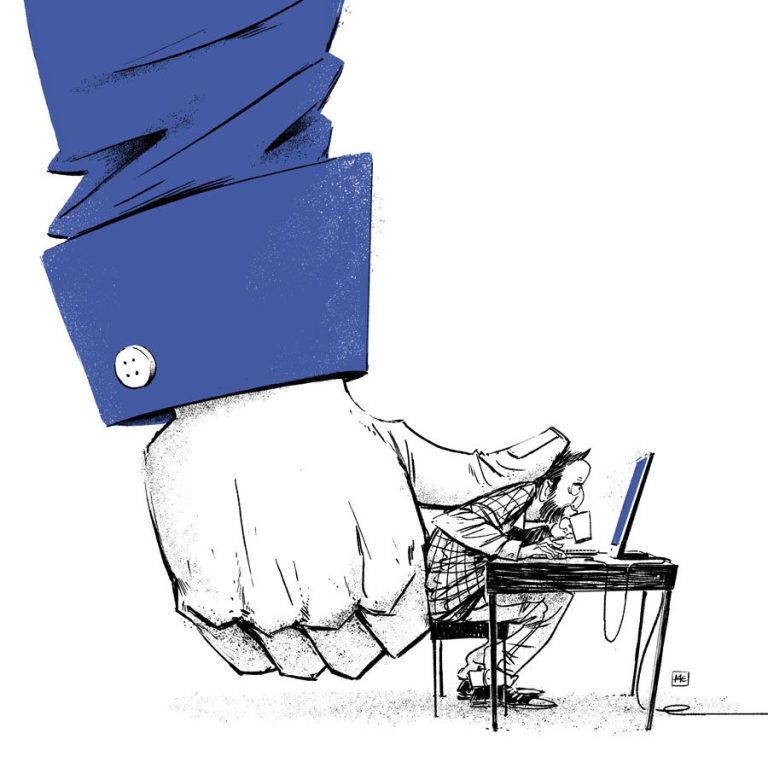Art Therapy: The cure behind the brush – Part 1 of 2
Today’s topic for discussion is one very creative and new approach in psychotherapy called art therapy. So what is art therapy? It is a form of psychotherapy involving the encouragement of free self-expression through painting, drawing, or modelling, used as a remedy or diagnostic activity. Even though the contemporary art therapy is fairly new discipline, art was used as a way of expression since the beginning of the human existence. However, the first form of using art as a therapeutic tool was back in 1940’s. This is the decade when art therapy arouse as a distinctive discipline and the first person in England that used this type of therapy was Adrian Hill, a famous British author, artist, educator and broadcaster. While being treated in a sanatorium for tuberculosis, Adam suggested that the fellow patients should participate in art projects. This was just the beginning for him and more of his work is discussed in his book “Art Versus Illness”. Hill’s work was expanded upon by the artist Edward Adamson. He worked together with Hill to introduce this new type of therapy to long-term British patients in mental hospitals starting with Netherne Hospital in Surrey. He went so far as to open a studio where patients could freely create art without comment or judgment from other. Adamson’s idea behind it was the “non-interventionist” type of art therapy, where patients simply created art for self-expression rather than for psychological assessment and evaluation by a clinician.
By the middle of the 20th century, many hospitals and mental health facilities started including this type of therapy programs after observing how this form of therapy could promote emotional, developmental and cognitive growth in children. The discipline continued to grow from there, becoming an important tool for assessment, communication and treatment of children and adults alike.
While art therapy started in mental institutions, nowadays art therapists can be found in many other places as well. Some of those places include outpatient treatment facilities, schools including colleges and universities, shelters, correctional institutions, nursing homes, residential treatment facilities as well as private practice.
How to become an art therapist? In USA, people who wish to enter the art therapy field must first hold a bachelor’s degree. They then apply to a master’s degree program in art therapy. According to the American Art Therapy Association, prospective art therapy graduate students must submit a portfolio of their artwork in order to be admitted to an art therapy degree program. They must also possess 18 semester hours of art studio courses and 12 semester hours of psychology courses. Art therapy degree programs typically last about two years.
In the UK, to become an art therapist, you’ll need to have completed a postgraduate course, which has been approved by the British Association of Art Therapists. This degree will take around two years full time and three years part time. It is also compulsory that you have some kind of experience, whether it is paid or voluntary. It must involve working in education, special needs or mental health for example. Follow the next blog for the second part of Art Therapy: The Cure behind the brush where the most popular methods and techniques will be discussed.
Sources: www.arttherapyjournal.org
www.study.com
www.telegraph.co.uk
www.americanarttherapyassociation.org
Tiana Ivanovska is a graduated Psychologist and Masters student on Strategic Management of HR. She is also a Gestalt therapist under supervision. She loves retro music, video grames, nature and simplicity. She is participating in a summer internship programme at Willingness.com.mt.







